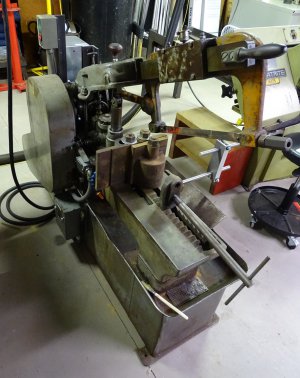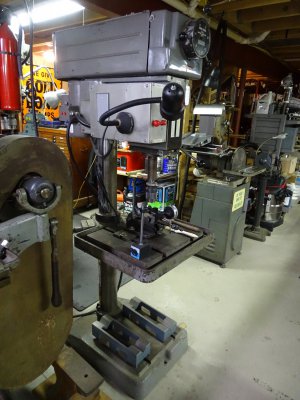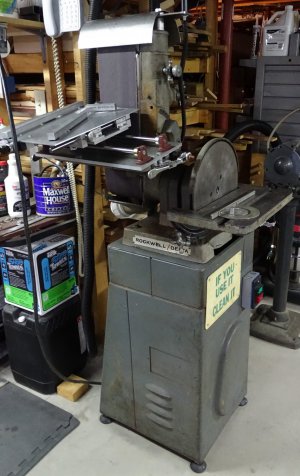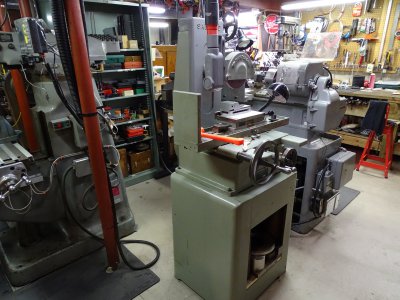- Joined
- Dec 28, 2022
- Messages
- 286
I’d like to get some ideas for disconnects wire used, and conduits.
What are ya’all using? I have single phase 220 going to my lathe. Going to use a simple disconnect for it because I don’t like having to walk across the shop (garage) to engage/disengage main power. I have a temporary run from my panel to the lathe pigtail using standard 3 wire Romex. (Not ideal) I’m not doing any hard usage at this time.
What wire should I use for the permanent run? The distance will be less than 15 feet.
Here is the disconnect:
What are ya’all using? I have single phase 220 going to my lathe. Going to use a simple disconnect for it because I don’t like having to walk across the shop (garage) to engage/disengage main power. I have a temporary run from my panel to the lathe pigtail using standard 3 wire Romex. (Not ideal) I’m not doing any hard usage at this time.
What wire should I use for the permanent run? The distance will be less than 15 feet.
Here is the disconnect:






